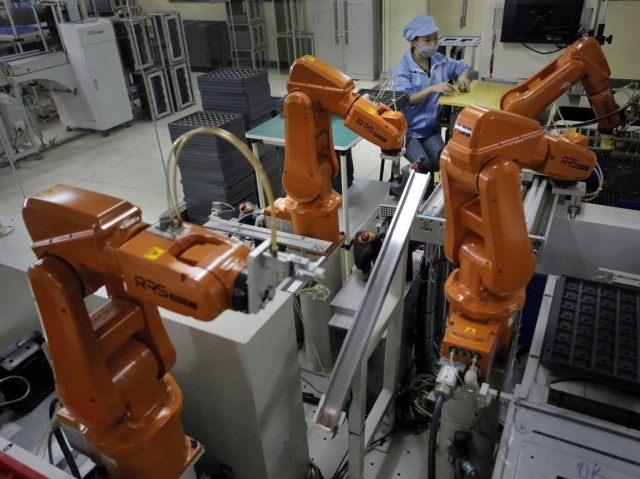There is no doubt left that the robots are coming. Along with the rise of a manufactured source of labor comes the question of benefit. While in the long term robots may take over the most mundane and dangerous occupations, the latest “Economic Report of the President” suggests a much more aggressive trend.
The report suggests an over 80% chance that jobs paying less than $20 per hour will eventually succumb to the cybernetic revolution. Jobs in the $20 to $40 look to be cut by about one-third, but positions at the high end should see less than 5% losses to automation. The numbers are staggering and, if true, represent the biggest shift in labor that the modern world has ever seen.
The White House emphasizes the need for education and training to make up for the potential loss of lower tier jobs, but the Bank of England’s chief economist observes that the problem could run much deeper. Andy Haldane has called the advance of automation technologies a “regressive income tax on the unskilled” that could “further widen income disparities.”
In a speech entitled “Labour’s Share,” Haldane makes the case that “technology has made it easier and cheaper than ever before to substitute labor for capital, man for machine.” This prediction is to the tune of an estimated 80 million lost jobs in everything from skilled labor to sales and customer service.
It’s tempting to suppose that these are problems for another day, that the future is perpetually uncertain. But this future is standing on our doorstep, and we are only a few steps away from being forced to answer. We’ll need a workable solution, before large parts of humanity are simply rendered obsolete.
